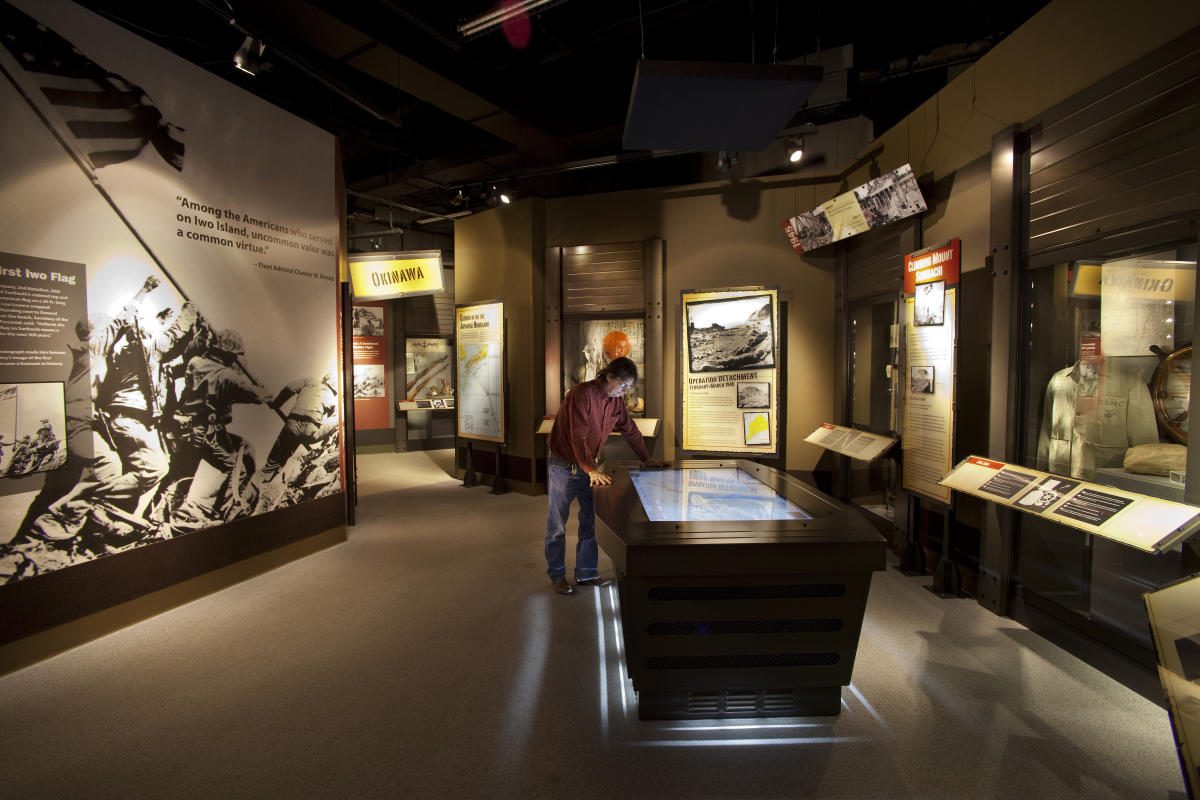Just a side note. Speaking most generally, U.S. WWII spending wasn't highly constricted (maybe that's not the correct phrasing, let me know). We spent a lot of bucks, often (if not mostly?) on top-quality equipment.
As I do (far too often here, I'll admit, but I've read something about them), I cite the Iowa Class battleship program - the world's last-built big gun ships. (Four commissioned in 1943 and 1944.)
"The construction of the Iowa-class battleships was one of the most complex endeavors in the history of shipbuillding. . . . Each vessel cost more than $130 million fully equipped, making them the most expensive weapons platforms built in World War II. . . .
"Their design alone took two million man hours. To build one, 3,500 workers toiled for almost three million man hours. . . . an aggregate 212,000 shaft horsepower, the most powerful . . . engine ever installed in an American warship (ed: up to that time). . . .
"The Iowa design provided for duplicate and triplicate backup systems. 'The redundancy was unbelievable,' one engineer later recalled. 'Something could break down, which was rare, and no one would ever know the difference.' "
- Warship Builders, Thomas Heinrich, Naval Institute Press, 2020, 360 pages.
What an interesting man Franklin Roosevelt was. Gregarious but oh, so sly. He kept his cards flat against his chest. Seldom did those around him know truly what he was thinking. Roosevelt weilded great presidential power. One example: During the glum days of the depression 1930s, the chief kept the critical USN construction yards afloat with New Deal funding (under the table?) Absolutely a necessity for what would come.
Not long ago I read the Richard Rhodes book, The Making of the Atomic Bomb, Simon & Schuster, 896 pages, 2012 anniversary edition. Fascinating read, it really is, even though a good deal of it flew over my head at dizzying speed. So, the point: A project that required massive spending is ok'ed by FDR with a stroke of his pen.
The Man:
View attachment 144385



